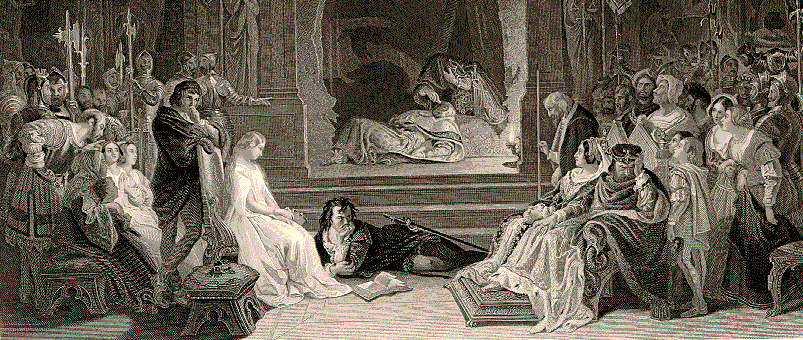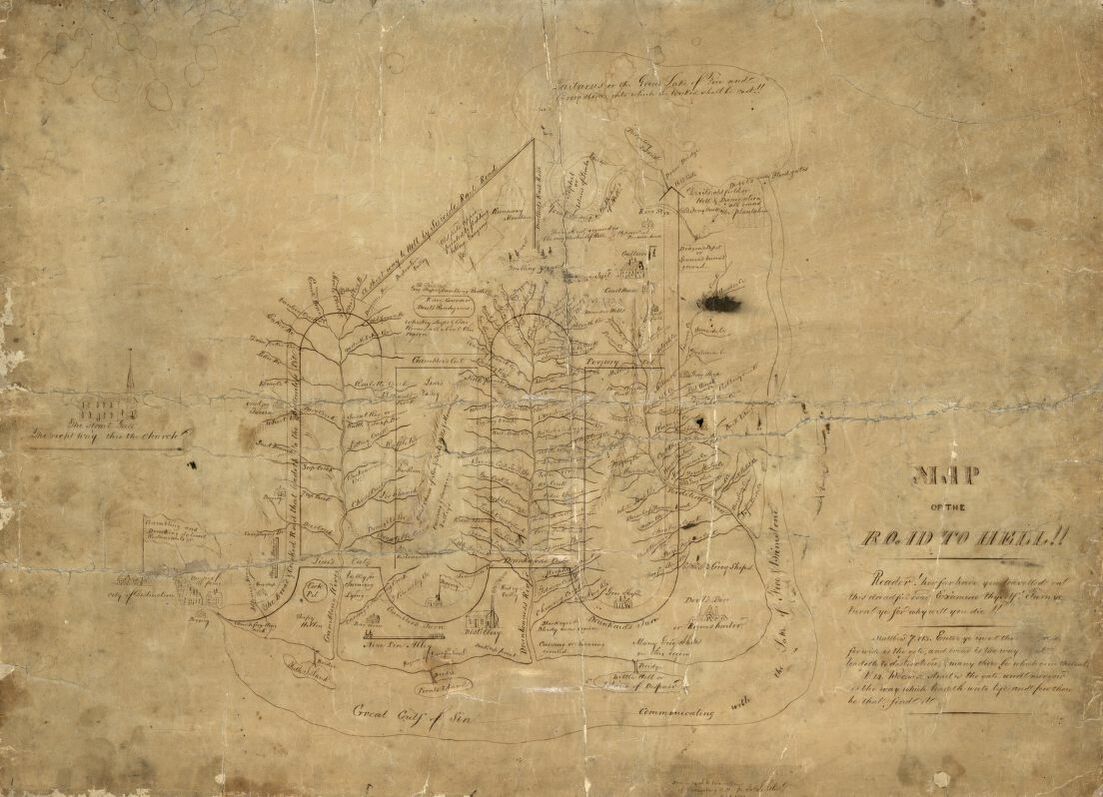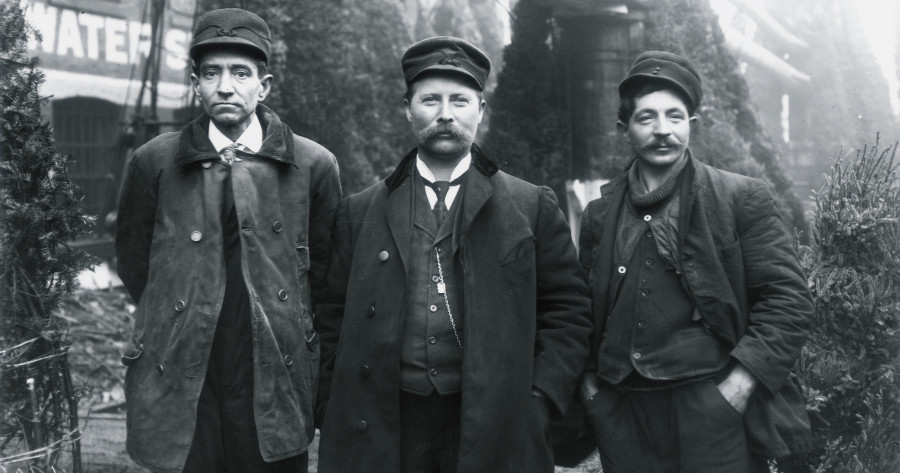Submitted by Edward Thomas Noonan for Life magazine’s 1915 short story contest:
‘Here’s a pathetic case of chronic melancholia,’ the doctor continued, as we walked among the inmates. ‘That white-haired woman has been here twenty-six years. She is entirely tractable with one obsession. Every Sunday she writes this letter:
Sunday.
Dear John:
I am sorry we quarreled when you were going away out West. It was all my fault. I hope you will forgive and write.
Your loving,
Esther.
‘Every Monday she asks for a letter, and, though receiving none, becomes radiant with hope and says: “It will come to-morrow.” The last of the week she is depressed. Sunday she again writes her letter. That has been her life for twenty-six years. Her youthful face is due to her mental inactivity. Aimlessly she does whatever is suggested. The years roll on and her emotions alternate between silent grief and fervid hope.
‘This is the male ward. That tall man has been here twenty years. His history sheet says from alcoholism. He went to Alaska, struck gold, and returned home to marry the girl he left behind. He found her insane and began drinking, lost his fortune and then his reason, and became a ward of the State, always talking about his girl and events that happened long ago.
‘He is the “John” to whom “Esther” writes her letter.
‘They meet every day.
‘They will never know each other.’







